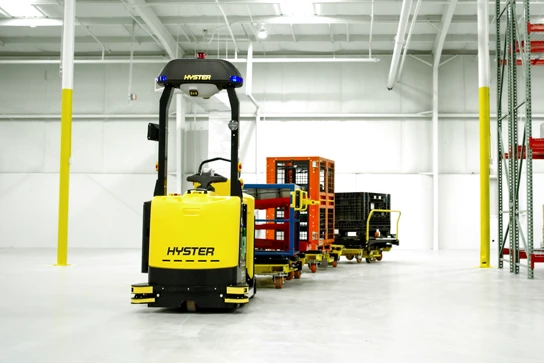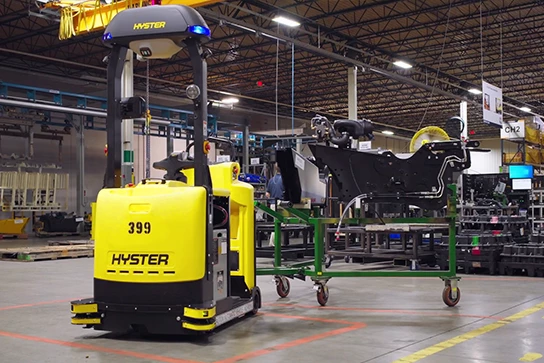BYPASS THE BURDENS OF OWNERSHIP
FRICTIONLESS RENTAL MODEL
Tough trucks don’t have to be tough on your budget. Hyster Atlas delivers financial flexibility with a clear return on investment through a frictionless rental program. It’s a no-nonsense way to deploy automation. All costs are rolled into a simple monthly or annual payment.
ROI timeframe varies based on the operation, but some large manufacturers can be cashflow positive from day one.
-
No long-term commitments
-
No large capital outlay
-
No hidden costs
-
Clear ROI




